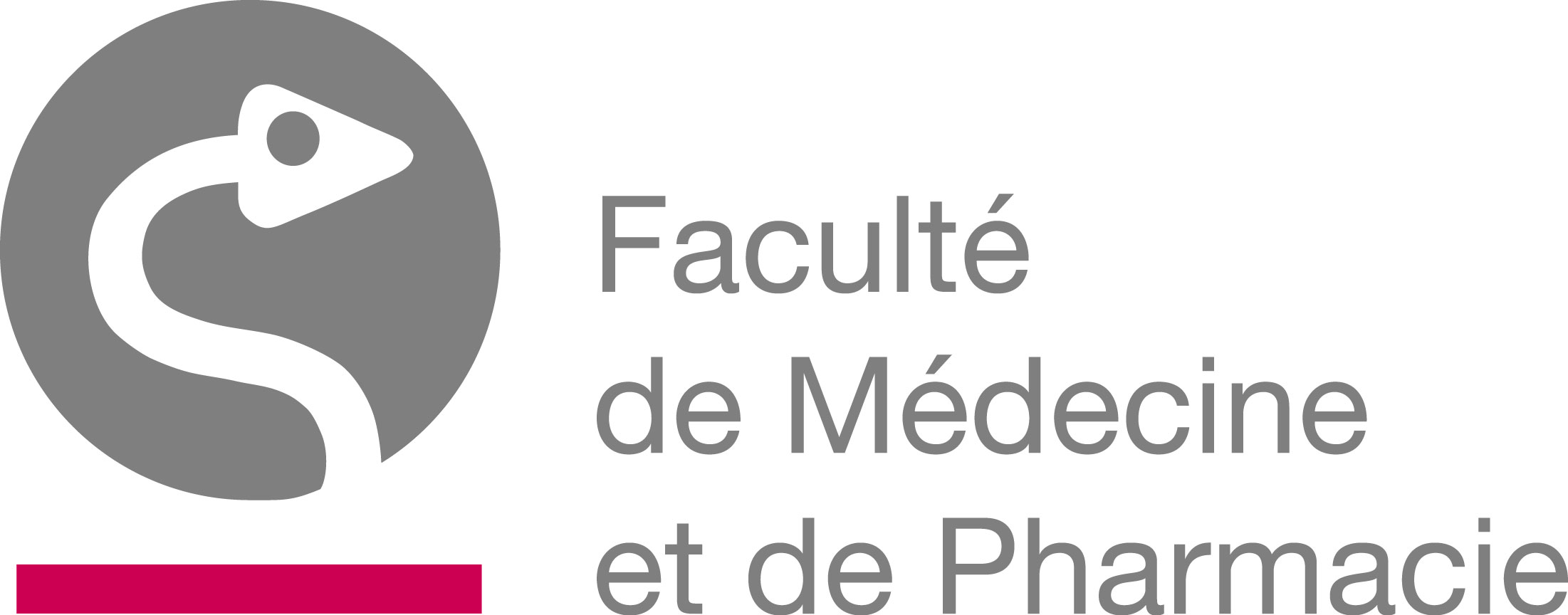 | Study programme 2024-2025 | Français | |
 | General neurophysiology | ||
Programme component of Bachelor's in Medicine (MONS) (day schedule)Faculty of Medicine, Pharmacy and Biomedical Sciences |
| Code | Type | Head of UE | Department’s contact details | Teacher(s) |
|---|---|---|---|---|
| UM-B1-MEDECI-008-M | Compulsory UE | RIS Laurence | M119 - Neurosciences |
|
| Language of instruction | Language of assessment | HT(*) | HTPE(*) | HTPS(*) | HR(*) | HD(*) | Credits | Weighting | Term |
|---|---|---|---|---|---|---|---|---|---|
| Français | 30 | 10 | 0 | 3 | 0 | 4 | 4.00 | 2nd term |
| AA Code | Teaching Activity (AA) | HT(*) | HTPE(*) | HTPS(*) | HR(*) | HD(*) | Term | Weighting |
|---|---|---|---|---|---|---|---|---|
| M-NEUR-101 | General Neurophysiology | 20 | 10 | 0 | 3 | 0 | Q2 | |
| M-NEUR-102 | Neurophysiologie générale - partie 2 | 10 | 0 | 0 | 0 | 0 | Q2 |
| Programme component |
|---|
Objectives of Programme's Learning Outcomes
- Describe, organise, analyse and prioritise the phenomena observed in the medical field
- Understand the expression of biological realities in absolute or relative terms, the orders of magnitude, proportions and probability
- Understand and apply mathematical translations of large models and biological phenomena through abstract reasoning
- Understand and use different graphical representations of numerical values and their relationships
- Understand the chronology of a phenomenon and master the time scales and their representations
- Demonstrate interpersonal skills developed within a medical context
- Understand the basic rules of French and of English (grammar, punctuation, connectors, etc.).
- Use a rich vocabulary accurately linking concepts and words, and understand the prefixes and suffixes used in the medical field
- Develop reasoning skills
- Understand and apply the basic principles of reasoning (obtaining data, analysis, synthesis, comparison, the rule of three, syllogism, analogy, Boolean logic, etc.)
- Manage doubt and uncertainty
Learning Outcomes of UE
At the end of this course, the student will understand the mechanisms underlying the electrical activity of the neurons as well as those of the structures (called synapses) through which neural cells communicate with each other. He (she) will be able to understand how many pharmacological drugs act on the brain.
UE Content: description and pedagogical relevance
The UE contains two AAs: M-NEUR-101 and M-NEUR-102.
AA M-NEUR-101 consists of 20 hours of theory and 10 hours of practical work in a computer room.
The examination covers the course material.
Practical work is assessed on the basis of written reports.
AA M-NEUR-102 consists of 10 hours of seminars given by researchers and neurologists or psychiatrists. Assessment is based on participation in quizzes.
Prior Experience
General biology
Type(s) and mode(s) of Q2 UE assessment
- Written examination - Face-to-face
- Production (written work, report, essay, collection, product, etc.) - To be submitted online
- Seminar participation - Face-to-face
Q2 UE Assessment Comments
Evaluation is based on
- completion of online subject tests (Moodle platform)
- participation in practical work and report writing
- participation in seminars and online quizzes
- final exam
Method of calculating the overall mark for the Q2 UE assessment
The overall grade corresponds to
- completion of online subject tests (Moodle platform): 20% of grade
- participation in practical work and report writing: 10% of grade
- participation in seminars and online quizzes: 10% of grade
- final exam: 60% of grade
Type(s) and mode(s) of Q3 UE assessment
- Written examination - Face-to-face
Q3 UE Assessment Comments
Written exam on course material
Method of calculating the overall mark for the Q3 UE assessment
Deferral of marks obtained during the year for
- completion of online subject tests (Moodle platform): 20% of grade
- participation in practical work and report writing: 10% of grade
- participation in seminars and online quizzes: 10% of grade
Subject exam: 60% of grade
Type of Teaching Activity/Activities
| AA | Type of Teaching Activity/Activities |
|---|---|
| M-NEUR-101 |
|
| M-NEUR-102 |
|
Mode of delivery
| AA | Mode of delivery |
|---|---|
| M-NEUR-101 |
|
| M-NEUR-102 |
|
Required Learning Resources/Tools
| AA | Required Learning Resources/Tools |
|---|---|
| M-NEUR-101 | Diaporamas available on intranet (Moodle) Notes in French Slides with key concepts |
| M-NEUR-102 | Slides |
Recommended Learning Resources/Tools
| AA | Recommended Learning Resources/Tools |
|---|---|
| M-NEUR-101 | Not applicable |
| M-NEUR-102 | Not applicable |
Other Recommended Reading
| AA | Other Recommended Reading |
|---|---|
| M-NEUR-101 | Principles of Neural Science. Fourth Edition (2000) by E. KANDEL, J. SCHWARTZ and T. JESSEL. McGraw-Hill. |
| M-NEUR-102 | Not applicable |